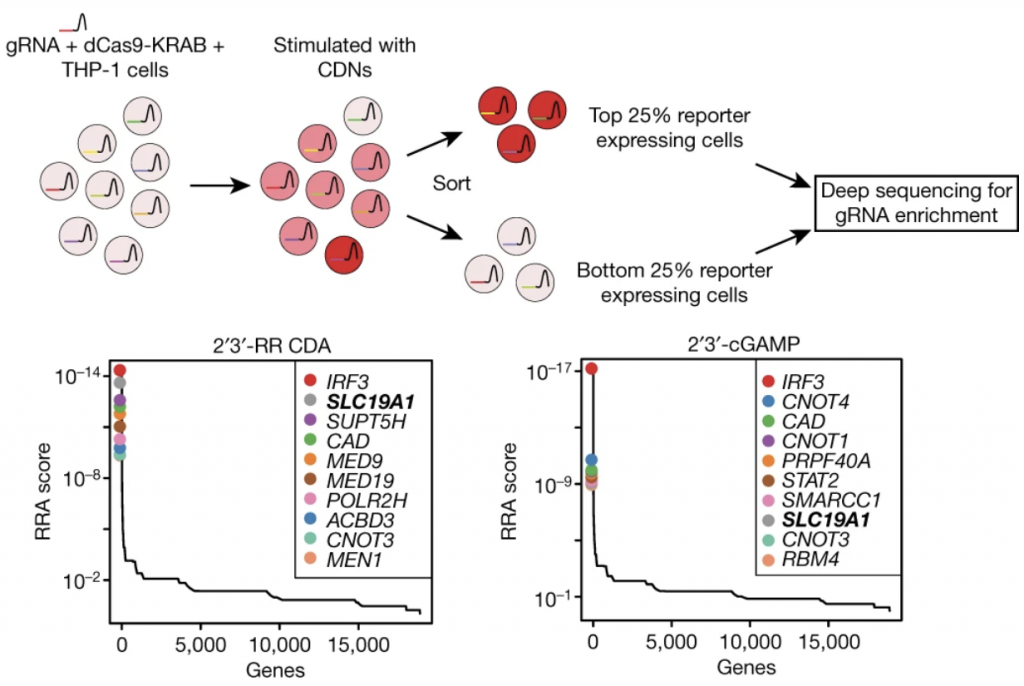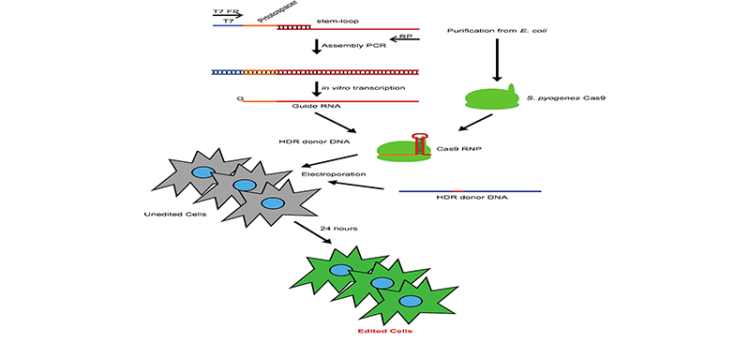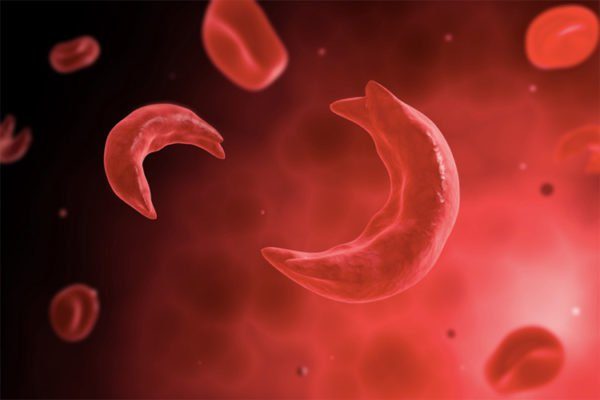The Corn lab has been a frenzy of activity in preparation for the move to ETH Zurich. We missed posting news of several publications at the time they happened,...
READ MORE
The Corn lab has been a frenzy of activity in preparation for the move to ETH Zurich. We missed posting news of several publications at the time they happened, so here’s a big post to get us up to date. Many thanks to our wonderful collaborators and congratulations to everyone involved in these awesome pieces of research!
In reverse chronological order:
Elena Zelin
BARD1 is necessary for ubiquitylation of nucleosomal histone H2A and for transcriptional regulation of estrogen metabolism genes.
This paper was a fun collaboration with the lab of Rachel Klevit. BRCA1 gets a lot of press, but does its binding partner matter just as much? Our contribution was to use genome editing to make several BARD1 mutant MCF10A clones and determine how they affected regulation of BRCA1/BARD1 target genes.
Jiyung (Jenny) Shin
Enhanced genome editing with Cas9 ribonucleoprotein in diverse cells and organisms.
Want a hands-on introduction to using the Cas9 RNP, complete with high-quality video how-tos? Then check this one out! This paper was organized by Megan Hochstrasser, the outstanding IGI communications director, and is a collaboration with the labs of Alex Marson, Barbara Meyer, and Nipam Patel.
Beeke Weinert, Jenny Shin, and Elena Zelin
In vitro-transcribed guide RNAs trigger an innate immune response via the RIG-I pathway.
When using the Cas9 RNP for editing, it’s fast, cheap, and easy to use IVT to make guide RNAs. We’ve written a widely-used protocol on making guide RNAs in very high throughput. But it turns out that leaving the 3′ triphosphate on these guide RNAs can make primary cells freak out due to innate immune sensing. Read this paper to find out a quick fix (beyond using synthetic guide RNAs). This was a collaboration with Kathleen Pestal.
Chris Richardson, Katelynn Kazane, Elena Zelin, Nick Bray
CRISPR-Cas9 genome editing in human cells occurs via the Fanconi anemia pathway.
How does genome editing even work? Cas9 and other Cas proteins just make breaks in genomes. Everything else is up to the cell. This paper uses a new screening approach to simultaneously test thousands of genes for their involvement in genome editing. Surprisingly, the Fanconi Anemia crosslink repair pathway is critically important for HDR from a single stranded DNA donor. This was a fun collaboration with Stephen Floor.
Amos Liang, Emiy Lingeman, Saba Ahmed
Atlastins remodel the endoplasmic reticulum for selective autophagy.
Cells can eat their own organelles via autophagy, and even somehow take apart the endoplasmic reticulum and package it into lysosomes. This manuscript develops several highly sensitive and quantitative reporters for ER-autophagy. Using these, we find that ER-resident proteins called atlastins are required for ER remodeling during ER-autophagy. Human mutations in atlastins cause paraplegias that are very similar to the phenotypes of mice with mutations in other known ER-autophagy proteins. Paraplegias may be a common outcome of defects in ER-autophagy, much as Parkinson’s Disease is a common outcome of defects in mitochondrial-autophagy.
X Close











